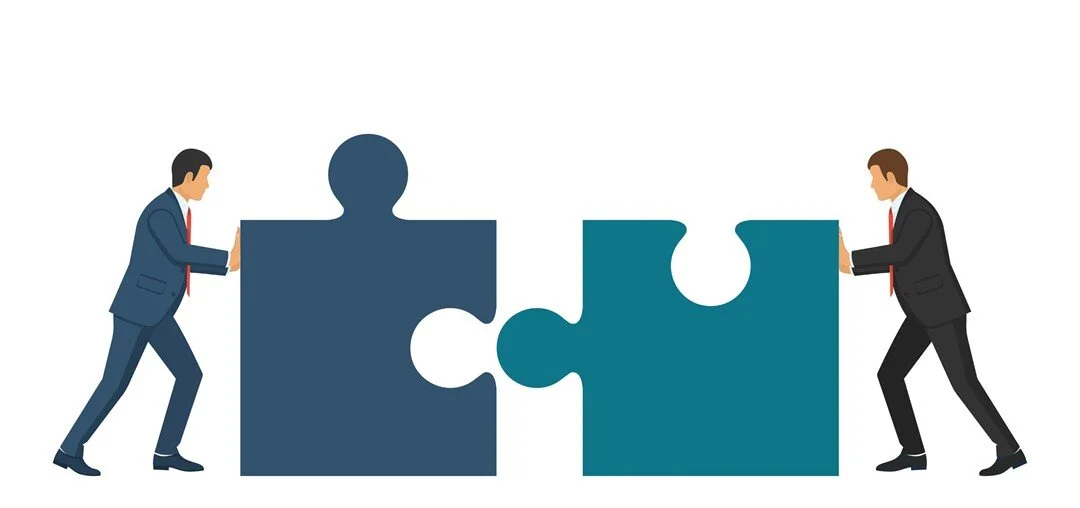THIS WEEK’S NOBEL PRIZE IN ECONOMICS
This week’s Nobel Prize in Economics went to three academics - Mokyr, Aghion, Howitt - for studying Innovation as the central feature of sustained economic growth.
Readers of this blog should not be surprised by this finding as we have written extensively about Innovation in the context of investing - for example: “Where Does Alpha Come From”, “Investment Process vs Innovation”, “Two Centuries of Creativity”. It’s also just a very intuitive finding.
Interestingly, one of the three Nobel Prize winners, Peter Howitt, was one of my professors during my undergraduate studies at Brown University. Our economics department was well known for studying models of long-run economic growth.
The department chair and my thesis advisor, Oded Galor, developed the first model to explain the shift from centuries of Malthusian stagnation (pre-1800) to modern, innovation-driven growth. He recently published a fascinating book “The Journey of Humanity” with many of his findings.
For curious readers, here is my 2004 honors thesis, written under the supervision of Professor Galor, exploring a related question—why life expectancy has risen so dramatically over the past two centuries. Yes, readers will recognize that’s where my passion for “Everything Long Run” was born.
[As a side note, today’s popular quest for Longevity might benefit from revisiting a hypothesis I proposed in my thesis: humanity’s life expectancy increased so dramatically in the late 19th and early 20th centuries not only because of scientific breakthroughs, but also because longer lifespans offered evolutionary advantages. If we are to extend human life even further, there may need to emerge new evolutionary pressures or contexts that favor or enable longer-living humans—perhaps even allowing us to “download” the knowledge required for scientific innovations that would enable survival over extended lifetimes.
For example, if our planet becomes inhabitable, multi-century space flights to seed life on distant planets could make long-lived humans evolutionarily advantageous—or some other context might provide a similar benefit to living, say, 300 years.]
During that senior-year thesis experience, I felt for the first time the electrifying freedom of being allowed to invent something entirely new within an established field like economics. Up until that point, economics had been a strictly textbook-driven discipline—an experience I later brought to Wall Street, developing a “not by the textbook” quant model that outperformed the market for many years.
In fact, our elective seminar with Professor Galor had no textbook at all. On the chalkboard, he would draw a single chart: first a long horizontal line, then a sharp kink upward around 1800 into a diagonal line. He’d label it as log-scale GDP per capita, then look pensively at our small class of ten and ask one question:
“What unified model can explain this entire history of human growth, not just the subperiods?”
That kind of powerful, clear question is the root of innovation. After months in the library, a researcher trying to answer it would inevitably experience those “aha moments” that feel like a light bulb turning on inside. These moments feel biologically real—both exciting and relaxing at once. (Anecdotally, My Oura ring even shows green relaxation dots during these times, as if the pressure to discover something new is released, even as heart rate rises from excitement.)
This is the process where, out of a gazillion possibilities and permutations, your mind attracts one intuitive idea—and your body instantly recognizes its value. Innovation isn’t just about novelty; it’s about value. People who work creatively, from scientists to artists, often describe this feeling.
If innovation requires the body to feel the creative moment, can AI—without a body—ever truly innovate?
Can AI truly innovate?
Now, back to the question in the title of this blog. Today’s AI is an extremely powerful machine trained on historical probabilities. It excels at tasks like summarizing writing—rearranging words and concepts in the most likely patterns.
But can AI truly innovate on its own, without human involvement?
Isn’t something truly new defined by having a historical probability of zero?
Humor is a great example. Can AI create a genuinely fresh and funny joke? A good joke, by definition, isn’t stale—it’s surprising, relevant, and releases tension in ways only humans can fully experience. So far findings (and experience) suggest that AI struggles with humor.
Can AI come up with The One research question, and discover The Insight that is both new and valuable?
Advocates of AI will say yes. And maybe, someday, it will be possible when AI is trained not just on data but on human intuition and the biochemistry of the “aha moment.” There are times when it feels like AI is already there, so precisely capturing the nuances of my intent. But soon those moments fade like mirages—projections of true intelligence.
For me, anything genuinely new, artistic, creative, and “aha-worthy” still happens inside the human body and not inside the machine. Then we bring those ideas into AI for refinement, expansion, and execution.
The shadow of innovation
One important “shadow” aspect of innovation that Professor Howitt studies is creative destruction—the process by which the new replaces the old, often causing the latter to vanish. This evolutionary mechanism has propelled growth and human progress.
Yet many thought leaders today worry that AI could eventually extend this process to humanity itself.
It seems to me that if AI ever truly takes over the innovation mantle from humans—and without any human input begins producing breakthroughs as valuable as AI itself, the Internet, antibiotics, the steam engine, the Beatles, or the Mona Lisa—then we might indeed become the displaced, evolutionarily extinct branch of biology.
Until that day, let’s continue creating and innovating—but also building into every innovation design the support mechanisms for those negatively affected by such innovation: the displaced, the disrupted, the destroyed.
Because someday, that could be us.
And if AI has been trained on designs that include compassion and support for those replaced, maybe it will learn to keep the humans around.
Would love to hear from readers - comment to this blog’s related post on LinkedIn or X.
Have you experienced real innovation or true creativity from AI?



















